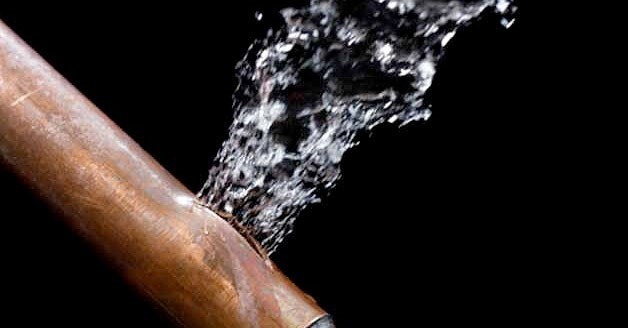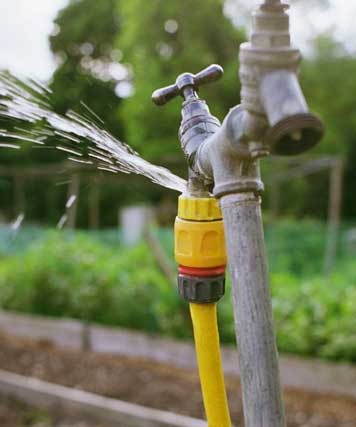6 Ways to Locate Hidden Water Leaks in Your Home
6 Ways to Locate Hidden Water Leaks in Your Home
Blog Article
Are you on the lookout for details on Detecting hidden plumbing leaks?

Early discovery of leaking water lines can minimize a prospective calamity. Some small water leakages may not be noticeable.
1. Take A Look At the Water Meter
Every house has a water meter. Checking it is a guaranteed way that assists you discover leaks. For beginners, shut off all the water resources. Guarantee no one will purge, use the tap, shower, run the cleaning device or dishwasher. From there, most likely to the meter and watch if it will certainly change. Because no person is using it, there must be no activities. If it moves, that suggests a fast-moving leakage. If you detect no modifications, wait a hr or two as well as examine back once more. This implies you may have a slow-moving leakage that can also be underground.
2. Examine Water Usage
If you detect unexpected adjustments, regardless of your consumption being the very same, it implies that you have leakages in your plumbing system. A sudden spike in your bill shows a fast-moving leak.
A stable boost every month, also with the exact same routines, reveals you have a sluggish leakage that's additionally gradually rising. Call a plumber to extensively check your building, especially if you feel a warm area on your floor with piping beneath.
3. Do a Food Coloring Examination
30% comes from toilets when it comes to water consumption. Test to see if they are running effectively. Drop flecks of food color in the tank and wait 10 minutes. There's a leakage between the tank and dish if the color in some way infiltrates your bowl during that time without flushing.
4. Asses Exterior Lines
Do not fail to remember to check your outside water lines as well. Should water seep out of the link, you have a loose rubber gasket. One small leakage can throw away loads of water and also spike your water expense.
5. Inspect and also Evaluate the Circumstance
Property owners ought to make it a habit to check under the sink counters and also also inside cupboards for any kind of bad odor or mold and mildew development. These 2 red flags suggest a leak so punctual interest is required. Doing routine assessments, even bi-annually, can conserve you from a significant problem.
More notably, if you understand your home is already old, maintain a watchful eye on your heating systems, hose pipes, pipes and so on. Check for discolorations and deteriorating as many appliances and also pipes have a life expectancy. They will likewise normally weaken due to tear as well as wear. If you suspect leaking water lines in your plumbing system, don't await it to intensify. Call an expert plumber as soon as possible so you don't wind up with an awful mess in your house.
Early discovery of leaking water lines can alleviate a potential calamity. Some small water leakages may not be noticeable. Inspecting it is a proven method that assists you find leaks. One tiny leak can squander lots of water and spike your water costs.
If you believe leaking water lines in your plumbing system, don't wait for it to escalate.
How to Know If Your Home Has a Hidden Leak
Water Meter Reveals Inexplicable Water Usage
If you’d like to test whether or not there’s a leak somewhere in your home, you can do this using your water meter. Here is how to conduct the test:
Don’t use any water in your home for at least 30 minutes; this also means not turning on faucets or water-using appliances.
Go outside, and check your water meter for activity.
If your water meter shows that there was activity, even though no one was using any water, this proves that there is a leak in your home.Visible Mold or Mildew Growth
Leaks behind walls create moist, dark environments that allow mold and mildew to grow and thrive. Eventually, you might see mold growth forming on the wall closest to a hidden leak.
If mold is growing in an area that receives a high amount of moisture, such as a bathroom, it may simply be an indication that better ventilation is needed. However, if you see mold growth on a wall or the ceiling in an area where you would not expect, you probably have a hidden leak.
Musty, Mildew Odor
Sometimes you might not be able to see the mold or mildew that is growing as a result of a leak. However, the smell can give the problem away just as easily. If you catch a whiff of something musty, there’s a good chance that old water is collecting somewhere in your home that you can’t see.
Stained/Warped Walls, Ceilings, or Floors
When your home soaks up water, a variety of red flags can become visible, including ceiling stains, bubbling drywall, warped walls, and sagging floors. While these issues can be caused by excess humidity, they can also be signs that a pipe or plumbing connection has started leaking behind your walls.
Inexplicably High Water Bill
After a while, you get a general sense for what your water bill should be. If you own a pool or sprinkler system, your bill will tend to be higher during summer. However, if you receive a water bill that seems especially high, and you can’t figure out what caused it, then you may have a hidden leak somewhere that’s increasing your bill.
https://www.plumbingjoint.com/blog/2019/july/how-to-know-if-your-home-has-a-hidden-leak/

We hope you liked our article about Locating water leaks. Thank you for spending some time to browse our blog post. Feel free to take a moment to distribute this page if you enjoyed it. Thank-you for going through it.
Report this page